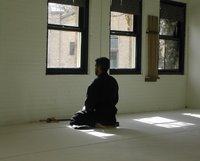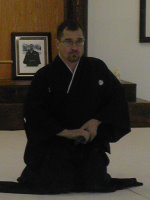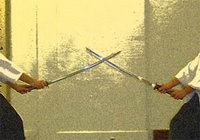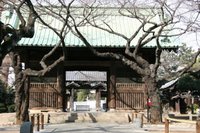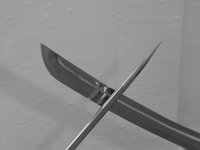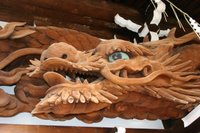 "The comparison with carpentry is through the connection with houses . . . The carpenter uses a master plan of the building, and the Way of strategy is similar in that there is a plan of campaign. If you want to learn the craft of war, ponder over this book. The teacher is as a needle, the disciple is as thread. You must practice constantly.
"The comparison with carpentry is through the connection with houses . . . The carpenter uses a master plan of the building, and the Way of strategy is similar in that there is a plan of campaign. If you want to learn the craft of war, ponder over this book. The teacher is as a needle, the disciple is as thread. You must practice constantly. "Like the foreman carpenter, the commander must know natural rules, and the rules of the country, and the rules of houses. This is the Way of the foreman.
"The foreman carpenter must know the architectural theory of towers and temples, and the plans of palaces, and must employ men to raise up houses. The Way of the foreman carpenter is the same as the Way of the commander of a warrior house.
"In the contruction of houses, choice of woods is made. Straight un-knotted timber of good appearance is used for the revealed pillars, straight timber with small defects is used for the innter pillars. Timber of the finest appearance, even if a little weak, is used for the thresholds, lintels, doors, and sliding doors and so on. Good strong timber, though it be gnarled and knotted, can always be used discreetly in construction. Timber which is weak or knotted throughout should be used as scaffolding, and later for firewood.
"The foreman carpenter allots his men work according to their ability. Floor layers, makers of sliding doors, thresholds and lintels, ceilings and so on. Those of poor ability lay the floor joist, and those of lesser ability carve wedges and do such miscellaneous work. If the foreman knows and deploys his men well the finished work will be good.
"The foreman should take into account the abilities and limitations of his men, circulating among them and asking nothing unreasonable. He should know their morale and spirit, and encourage them when necessary. This is the same as the principle of strategy."
-- Book of Five Rings, Miyamoto Musashi. Cited at http://www.samurai.com/5rings.
Photograph courtesy of John B. Gage, Foreign Department, Kokusai Budoin, Tokyo.
This is the first passage that comes to mind when I think about the Book of Five Rings. It is such a succinct passage, but contains good advice about choosing equipment, dealing with people, strategy, and efficient use of energy.
Nicklaus Suino teaches iaido and other martial arts at seminars throughout North America. Information about his seminars can be found at www.artofjapaneseswordsmanship.com. He teacher iaido, judo, and jujutsu at the Japanese Martial Arts Center in Ann Arbor, Michigan, home of the University of Michigan.




